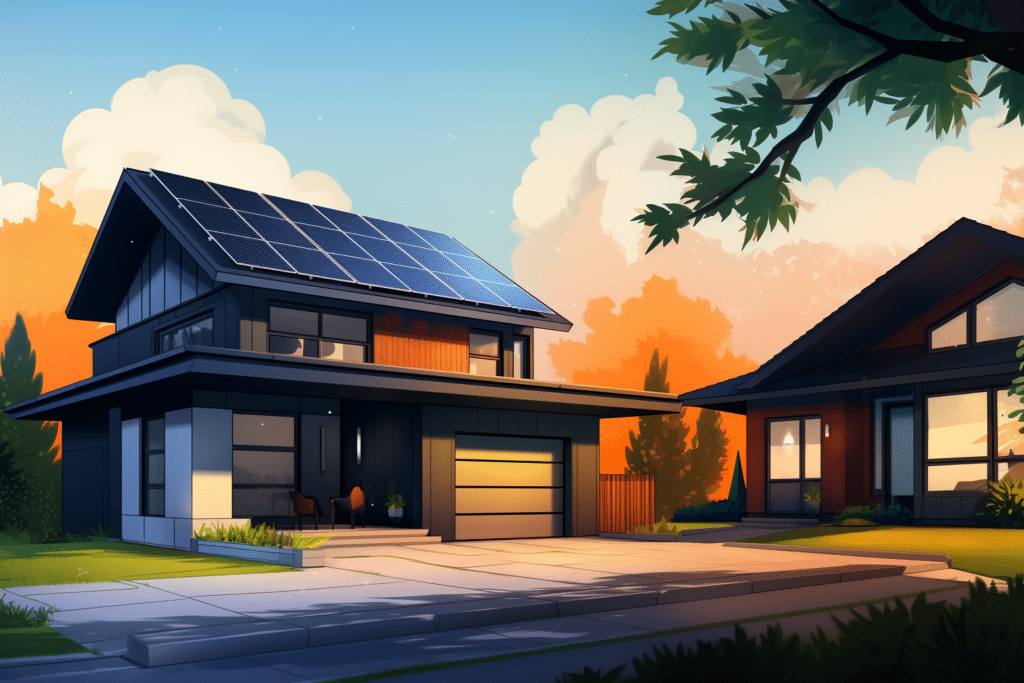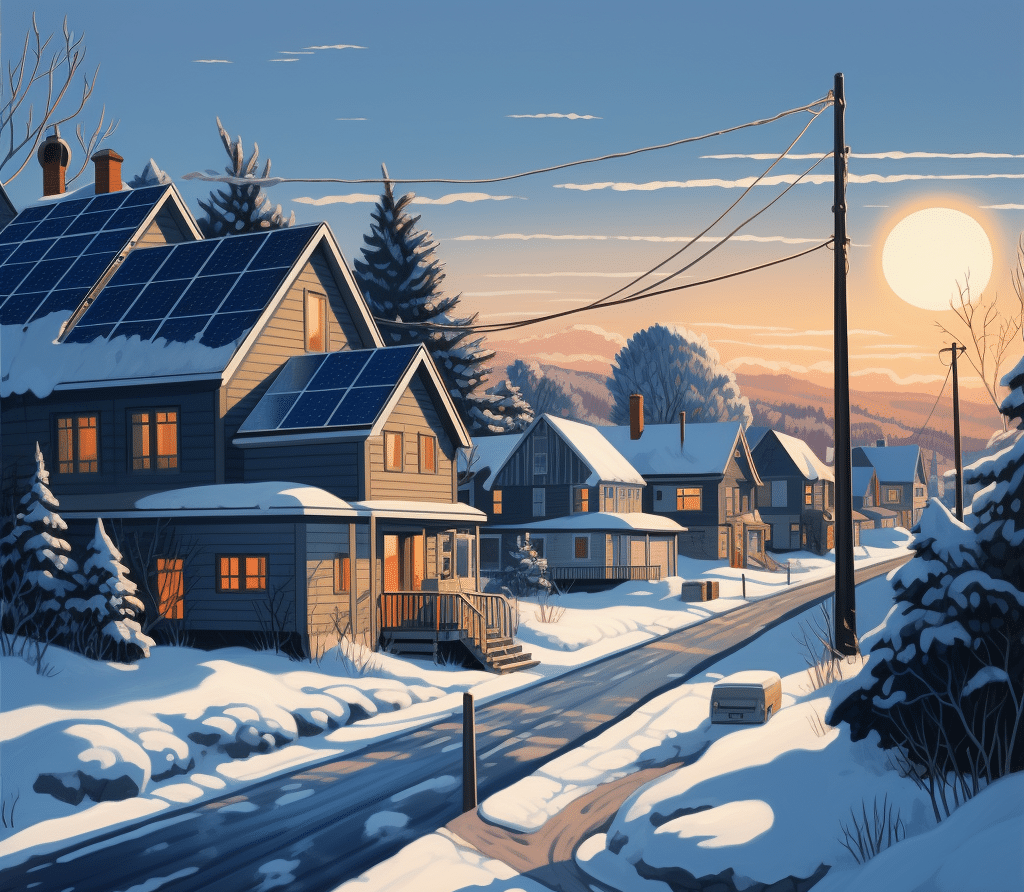Solar is a big decision, as are most home improvement projects. And similarly to other home improvement projects, there is a direct correlation between price and quality. Regardless, the bottom line is:
You Get What You Pay For!
“You get what you pay for” is a great phrase for many purchases, including solar. More expensive solar panels are often priced higher due to the high-quality materials and cutting-edge technology used in manufacturing. Along with this high quality, comes better efficiency rates, meaning they can convert more sunlight into electricity compared to the cheaper options. Efficiency is one of the most important aspects of solar panels, allowing higher generation of electricity even when sunlight is more limited. High costs also often bring better durability, and longer warranties, ensuring you get the most out of your panels’ lifespan.

Does Free Solar Actually Exist?

In today’s new wave of renewable energy, there are many sources that will tell you solar is free. Is this true? In short, the answer is yes and no. Most commonly, advertising “free solar” is a misleading marketing tactic used by companies that are simply trying to make a quick buck.
Free solar is generally reserved for income and need-based communities. State and local government programs, such as the Solar for All program from NYSERDA, oversee such projects. As of this writing, the federal government has no programs offering free solar panels.
On that note, “free solar” is also used for leasing/PPA solar agreements. Leasing solar panels most often comes with no upfront costs- but, because the solar panels are the property of the “lending” company, homeowners miss out on tax credits and existing NYSERDA rebates. Regardless, leased solar panels can still offset your energy consumption and decrease your utility bill.
So, for Kasselman Solar’s purposes, owning solar is not free. It will require an upfront investment. Thankfully, through federal and state tax credits, eligible homeowners can receive up to 50% of their project cost covered on their tax return. In addition, New York homeowners can receive generous rebates from NYSERDA.
What Truly Goes Into the Price of Solar?
While solar is certainly a costly home improvement purchase, the price of solar is actually at its lowest in years. Since 2010, costs in residential and commercial solar systems have dropped by close to 70% as a result of recent technological advancements (1).
Solar energy, unlike nonrenewable sources like fossil fuels, doesn’t have a cost for raw materials as the sun is free. However, going solar requires certain technologies to turn the sun’s rays into usable electricity. This cost can vary based on a wide variety of factors, between different panel types, a variety of incentives and tax credits, cost of your current electric bill and many more, the price of solar can look very different for each individual.
Looking at the cost of solar, the cost can be quickly divided into two larger categories of expenses – hard costs (cost of the panels themselves, and all other hardware physically needed for the system) and soft costs (less direct costs included in the installation process, such as labor, permitting, inspection, utility fees, etc) (1).
Go Solar Easy!
One way you can help create a smooth process is to go solar during off-peak season, like winter (1). During wintertime, most people aren’t thinking about solar, which can expedite the installation process (2). Majority of the time it takes to go solar isn’t spent installing the solar panels – which is often actually completed in a day to a few days for most residential installs. Instead, most of this time is spent on processes such as site assessment, permitting, financing, and additional paperwork (3). A slower time of the year can mean a much quicker turnaround between contract signing and completed installation.
There are also a variety of other ways to save when going solar. Taking advantage of local incentives and tax credits is a very easy way to lower the costs (4). The Federal Solar Investment Tax Credit (ITC) can cover 30% of the cost of solar. By working with a trusted solar installer, they can help guide you to take advantage of all the available savings opportunities. Experts will help design the perfect sized system to maximize your benefits.
Most importantly, when choosing to own solar, make sure that you select a reputable installer. Celebrating 10 years in business in 2024, you can trust Kasselman Solar to do it right- the first time.

In 2023:
- We were named a NYSERDA Quality Solar Installer Gold Status
- We were recognized by Forbes as one of the Best Solar Panel Installation Companies in New York of 2023
- We were recognized by Solar Power World as one of the 2023 Top Solar Contractors

- https://www.consumeraffairs.com/solar-energy/why-are-solar-panels-so-expensive.html
- https://www.forbes.com/home-improvement/solar/cost-of-solar-panels/#:~:text=The%20most%20energy%2Defficient%20and,%241%20and%20%241.50%20per%20watt.
- https://www.cnet.com/home/energy-and-utilities/solar-panel-cost/
- https://www.marketwatch.com/guides/solar/solar-panel-cost/#:~:text=The%20higher%20your%20household’s%20energy,system%20would%20double%20the%20cost.

